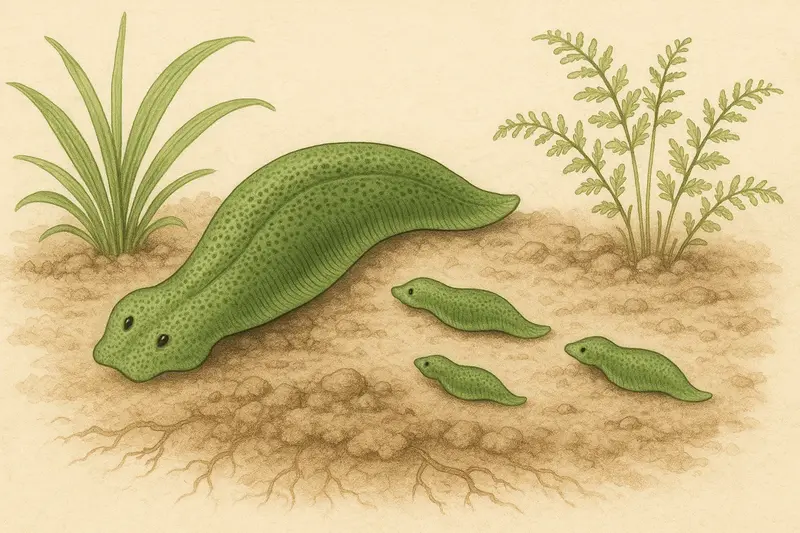When we talk about the natural world, many people first think of stunningly beautiful animals - peacocks spreading their feathers, dolphins leaping out of the water, The water surface, the majestic posture of a lion. However, there are many animals in nature that are not pleasing to the eye. Although they look strange or even considered "ugly", they have very strong survival abilities. These animals may not look They fit our standards of beauty, but they play a vital role in their respective ecosystems.
Why are some animals considered "ugly"?
The appearance of animals is mainly determined by evolution. The appearance of each animal is closely related to its living environment, hunting method and courtship behavior. The so-called "ugliness" is just a subjective aesthetic standard of human beings. In fact, these animals have acquired highly adaptable characteristics through evolution. Although they do not seem to meet human aesthetic standards, these characteristics help them survive in harsh environments. survive.

The ugliest animals in the world
Let's take a look at these animals that are surprisingly ugly.
1. Atlantic Sunfish (Mola Mola)
The Atlantic Sunfish, also known as the Mola mola, is one of the heaviest bony fish in the world. Its body shape is very strange, it looks like a huge oval stone, and its wide side fins make it look as if it has lost its sense of direction. The appearance of the sunfish is very rough, and its mouth is very small, which looks a bit inconsistent. But the fish play an important role in the marine ecosystem, especially because they feed on large numbers of jellyfish, helping to keep the jellyfish population in check.
2. Mouse-flying bat (Aye-Aye)
The mouse fox is a primate that lives on the island of Madagascar. It is known as the "ugliest primate in the world" because of its strange appearance. It has long fingers and large ears, especially The third finger is slender and flexible, used to explore insects in trees. This seemingly weird appearance is actually very useful, helping them to find food at night.
3. Naked mole rat Naked mole rat
The naked mole rat is a hairless, subterranean rodent that lives primarily in underground burrows in East Africa. Their smooth, wrinkled skin, without any hair, makes naked mole rats look a bit weird and even uncomfortable. But this animal has a remarkable ability to resist cancer, and they are almost insensitive to pain. An important object for longevity and disease resistance.
4. Blobfish
Blobfish may be rated as one of the "ugliest" animals in the world. Blobfish Living in the deep sea, due to the high pressure environment, their bodies are almost entirely composed of soft tissues. After surfacing, they lose their support and look like a ball of soft "jelly". The blobfish is well adapted to the environment, and it can float easily without much effort.
5. Madagascar Hissing Cockroach
This cockroach may be The most disturbing of all insects. The Madagascar cockroach is not only huge (it can grow up to 5-7 cm) but also makes a hissing sound when threatened. Often misunderstood as a pest, these giant insects actually play an important role in breaking down organic matter. , which is beneficial to the ecosystem.

Why are "ugly" animals so important?
Although they may not meet human aesthetic standards, these "ugly" animals have their own They play an indispensable role in the ecosystem. They help maintain ecological balance, control pest populations, decompose organic matter, and even have important value in scientific research. For example, naked mole rats are cancer-resistant and blobfish are adaptable to the deep sea. , all of which provide scientists with valuable research materials.
How to protect these "ugly" but important animals?
Due to habitat destruction, climate change and human activities, many " Animals that are considered "ugly" are threatened with extinction. We need to change our prejudices against these animals, recognize their importance, and take action to protect them. Protecting these "ugly" animals is not only to maintain biodiversity, but also because their existence is crucial to the long-term development of human society.
Beauty and ugliness are subjective feelings, and in nature, every animal has its own unique way of survival and value. Those animals called "ugly" often have survival skills and adaptability that we can hardly imagine. By understanding and respecting these creatures, we can more comprehensively understand the wonders and diversity of nature, while providing a better living environment for every species on the earth.
These "ugly" animals may not win the "natural beauty contest", but the role they play in the ecosystem is irreplaceable.









